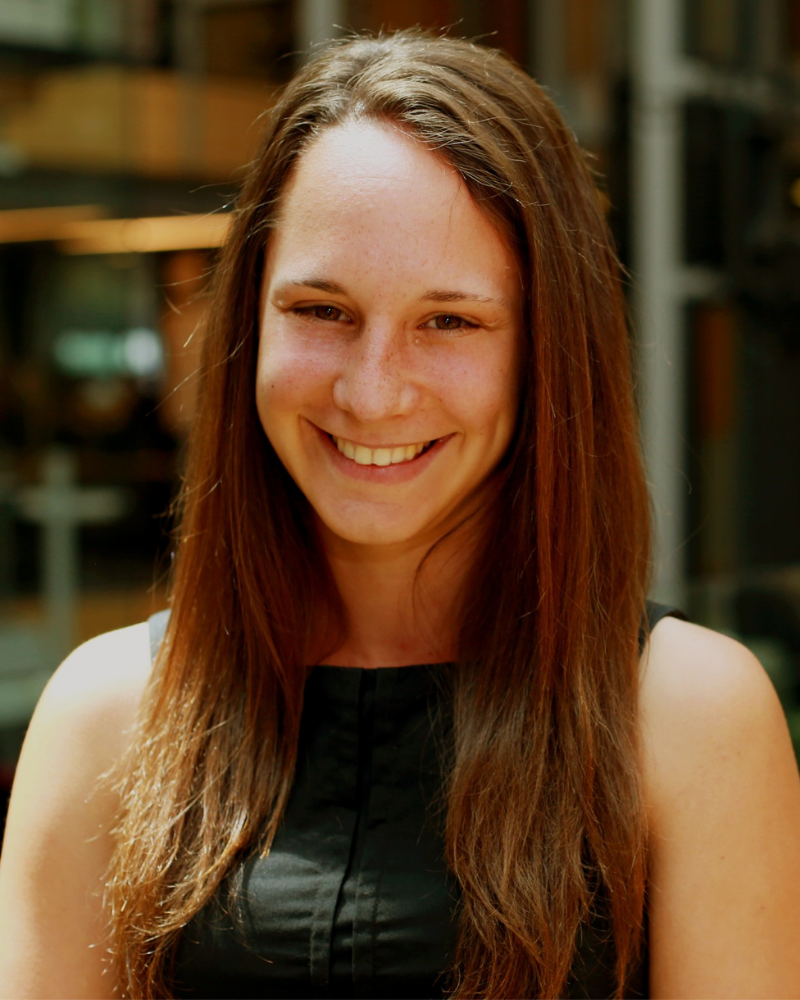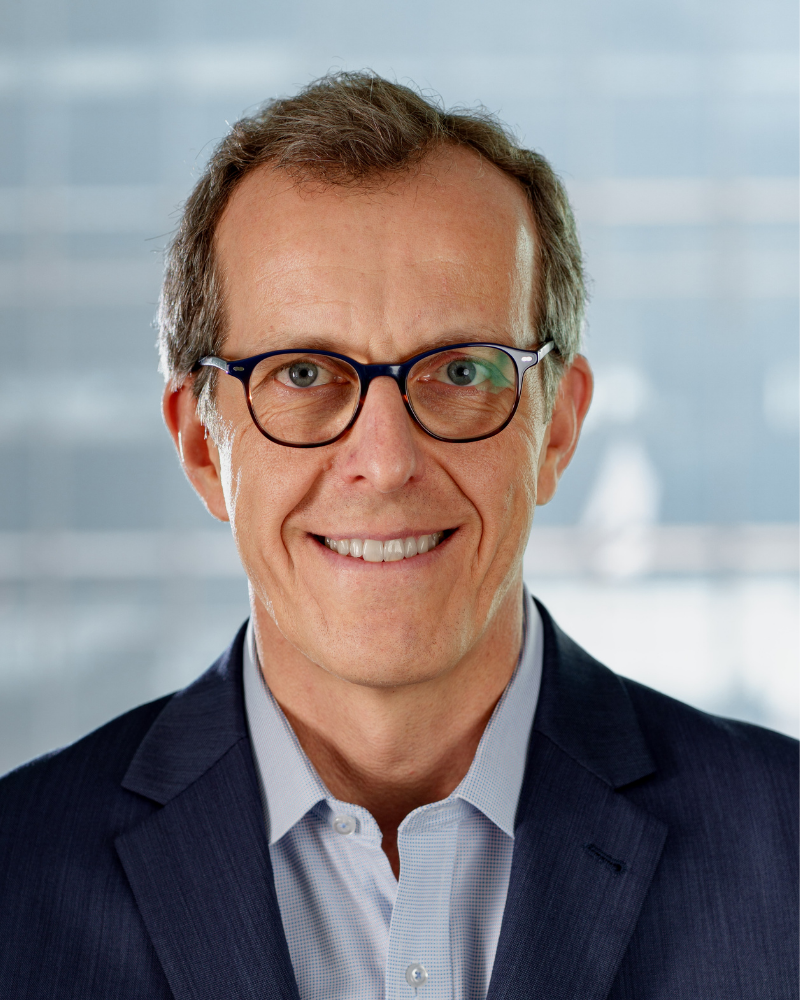
Ephraim Patrick and Laura Manescu of Mercer Australia explain to HRD why organisations need to be sustainability-intentional in their organisational design

This article was produced in partnership with Mercer
The pandemic has been a catalyst for a shift in ethical, social and environmental awareness expressed through different lenses by consumers, corporations, employees and governments. With this, the UN’s Brundtland Commission definition of sustainability from the late 1980s is now top of mind for business leaders: “meeting the needs of the present without compromising the ability of future generations to meet their own needs”.
Organisations are increasingly supportive of the triple bottom line of people, planet and profit. Those who ignore the wider impact of their operations risk divestment, disengaged workforces, reputational damage and reduced competitiveness.
The questions organisations are asking themselves is, “how should these shifts in stakeholders’ attitude and working practices be reflected in an organisation’s operating model design?”
Where organisations fail to meet their sustainability goals, it’s commonly down to lack of intention in their operating model and design – and this is the driver for a new report, Organising for Sustainability, by organisational design specialists at Mercer.
Exactly what sustainability looks like will vary from one organisation to another. However, there has been a shift towards a more proactive approach in the way organisations set their sustainability agenda, report authors Ephraim Patrick and Laura Manescu told HRD.
“Traditionally for many organisations, sustainability focus areas have been pushed from outside: activist and investor groups, community stakeholders etc,” says Patrick. “This is shifting; when our clients talk to us about their sustainability agendas, we have observed an increasingly deliberate and proactive focus on rethinking the way their organisation’s drive sustainability objectives. We’re also seeing a material increase in the level of capability and investment in the area of sustainability.”
With so many issues to consider – climate change, psychosocial risks, supply chains and modern slavery to name a few – how does business select its sustainability focus? Trade-offs are unavoidable says the report; however, an organisation’s purpose and strategy together provide important guidance.
“Purpose embeds sustainability within your employee experience, because it influences the people you are hiring, the behaviours you reward, and all the things that guide your business activities,” says Manescu.
To help organisations in evolving and designing their Sustainability functions and efforts across the business, Mercer provides a proven framework that captures ‘5 Dimensions of Organisational Design’:
Each dimension represents a spectrum of choices leaders must consider. On one end of the spectrum, sustainability initiatives are led centrally, supported by strong business partnerships. On the other end, sustainability resourcing and accountability are embedded locally, using group-wide strategy and metrics to align decentralised initiatives.
According to the experts from Mercer, no design choice is right or wrong; where an organisation positions itself on the spectrum is all about what is most relevant and aligned to its purpose and strategy.
The report explores how different organisations are navigating their sustainability journey. Commonwealth Bank of Australia, for example, has increased the size of its centralised sustainability function, while also building out diverse accountabilities in different business units. “They are using AI to scan for and predict domestic violence and abusive behaviours through transaction descriptions. This is an example of the way locally embedded accountability within diverse business lines can be effective in driving innovative sustainability initiatives within large, complex organisations. It’s important to look at how you partner your centralised and local business initiatives to make them more effective,” says Manescu.
When it comes to sustainability goals, it’s not about best practice, but best fit. Success will be achieved by organisations who are intentional about the design of their Sustainability efforts, who align and partner across diverse stakeholder groups for solutions which strongly align with the purpose and business strategy.
To read the full report, go to Organising for sustainability.
Laura Manescu
 Laura Manescu is a Senior Associate, workforce transformation, Pacific at Mercer. With 10 years of experience across people and culture, strategic customer projects and marketing roles, Manescu is constantly curious about the future of work and the opportunities it is creating to rethink business and talent strategies. In her role Manescu partners with organisations across all industries on organisational design, workforce planning, transformation, culture work, and employee experience initiatives.
Laura Manescu is a Senior Associate, workforce transformation, Pacific at Mercer. With 10 years of experience across people and culture, strategic customer projects and marketing roles, Manescu is constantly curious about the future of work and the opportunities it is creating to rethink business and talent strategies. In her role Manescu partners with organisations across all industries on organisational design, workforce planning, transformation, culture work, and employee experience initiatives.
Ephraim Patrick
 Ephraim is a Partner for organisation and workforce transformation at Mercer. He helps leaders to build high performing, resilient organisations and to drive change in the new world of work. Patrick works with executive teams, boards and HR leaders across the private and public sector in Australia and globally, developing evidence-based people strategies and implementing organisational transformation for turnaround and growth.
Ephraim is a Partner for organisation and workforce transformation at Mercer. He helps leaders to build high performing, resilient organisations and to drive change in the new world of work. Patrick works with executive teams, boards and HR leaders across the private and public sector in Australia and globally, developing evidence-based people strategies and implementing organisational transformation for turnaround and growth.